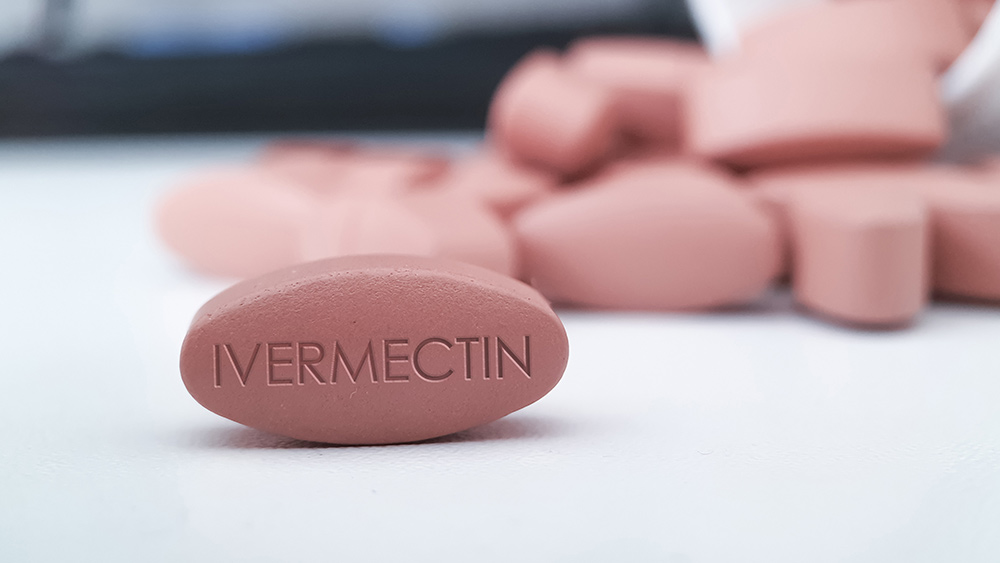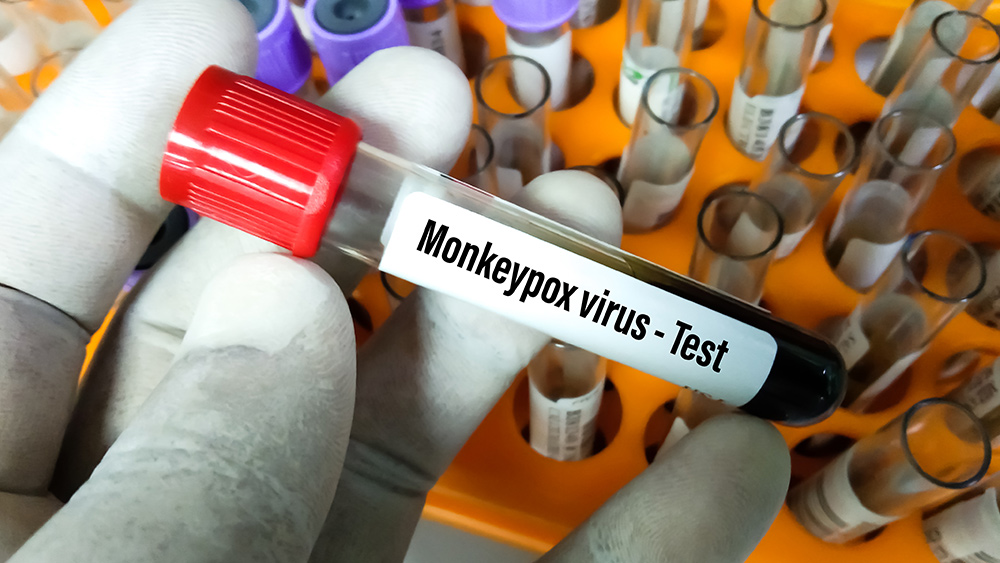Study: Exercise can keep cirrhosis and liver cancer at bay
11/29/2019 / By Melissa Smith

Approximately 30 percent of the American population – or around 100 million Americans – suffer from nonalcoholic fatty liver disease (NAFLD), a condition in which fat builds up in the liver. In some cases, this condition can lead to liver cirrhosis (scarring) or even liver cancer.
Fortunately, people with NAFLD can reduce their risk of liver cirrhosis and liver cancer with regular physical exercise. Researchers from the University of Liverpool in the U.K. found that regular physical exercise effectively reduces fat levels in the liver. The benefits of exercise were more pronounced in overweight and obese adults.
In this study, the researchers examined data related to 98 healthy, nonsmoking adults. All participants underwent comprehensive physical activity assessments while wearing an armband sensor. In addition, the participants were assessed for their body composition and for metabolic syndrome, including triglyceride levels, abdominal obesity, high cholesterol, high blood pressure and high fasting blood sugar levels. Having at least three of these markers suggest a health problem and can increase the risk of liver cancer. (Related: TCM’s Si Jun Zi found to protect against the spread of cancer cells in the liver.)
Based on the results, the researchers found that there was a direct association between regular physical activity and liver health in those who were obese or overweight and metabolic syndrome. In addition, the researchers discovered that the more physically active the person was, the less likely he or she was to have NAFLD. In the study, for every hour of moderate to vigorous exercise, liver fat levels declined by an average of 0.87 percent. The team presented their findings at the European Congress on Obesity.

What type of exercise is effective?
The U.K. study did not identify the type of exercise that reduces fat levels in the liver. However, a study conducted by researchers from the University of Haifa, Tel Aviv Medical Center, and Tel Aviv University in Israel suggested that resistance training may be beneficial to people with fatty liver disease. This finding is important as some patients suffer from physical limitations or often lack the motivation to engage in physical activity, especially in the case of aerobic exercises, which are usually time-consuming.
For the study, the researchers examined the effect of resistance training on fatty liver disease. Resistance training is a type of exercise that involves using weight machines in a gym or bodyweight training. Unlike aerobic exercise, it is typically shorter and more focused.
To conduct the study, the researchers enrolled 82 participants aged 20 to 65 who were diagnosed with fatty liver disease for at least six months before the study. They randomly assigned the participants to a resistance training group or a control group. The resistance training included several sets of various exercises involving the arms, chest, and legs for 40 minutes, thrice a week. On the other hand, participants in the control group only performed stretching exercises.
The researchers also measured the weight, blood pressure, liver enzymes, lipids, blood sugar, and insulin of the participants. The participants retained their usual physical activity habits, diet and prescribed medications during the study.
After the three-month study, the researchers discovered that resistance training resulted in a reduction in liver fat. It also significantly reduced blood cholesterol levels. Moreover, resistance training reduced the blood levels of ferritin, which is a protein found in the liver responsible for storing iron. Elevated levels of ferritin can be an indicator of liver damage, such as inflammation. Accordingly, a decline in ferritin levels may suggest an improvement in the condition of the liver.
“We strongly recommend patients with fatty liver to get involved in routine physical activity, be it resistance training or aerobics, maintain a healthy diet and reduce weight,” concluded Oren Shibolet, one of the lead researchers of the study.
Sources include:
Submit a correction >>
Tagged Under:
alternative medicine, anticancer, disease treatments, exercise, fatty liver disease, fitness, liver damage, natural cures, natural medicine, physical activity, prevention, research, slender
This article may contain statements that reflect the opinion of the author



















